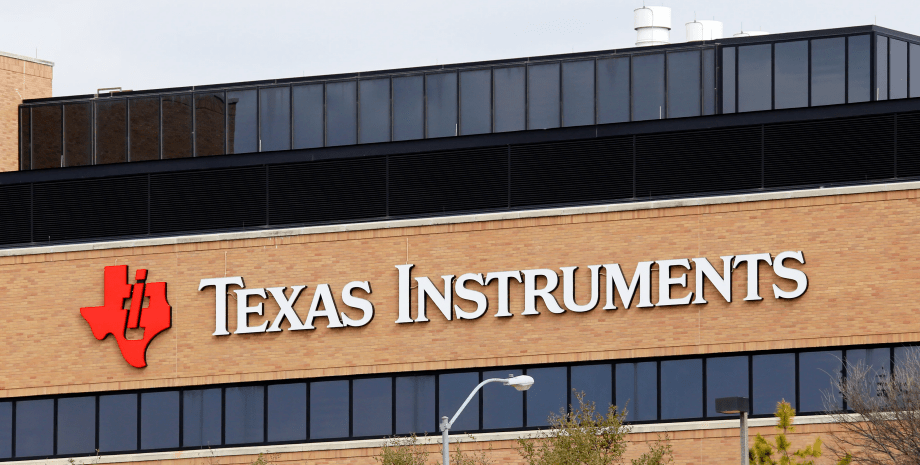 By Victor Duda
By Victor Duda
And corresponding to a number of shares of Growth sector by 10-25%. Provided for an increase in market volatility and laid 10–12% of the fall on key indexes. Video day now we see that the fall in the market has been going on for over a year, and this creates adverse conditions for tools with an investment horizon up to 1. 5 years. As a result of the war, energy prices and other raw materials have shown perennial or historical maxima.
This directly affected inflationary expectations, forced the Fed to strengthen monetary policy. Increasing discount rates has led to a revision of the parameters into risk management systems of institutional investors and the fall of the stock market. As technological companies have a greater sensitivity to monetary policy changes, the fall of the NASDAQ index has exceeded the fall of the S&P 500. The global stock market has lost about $ 20 trillion capitalization.
Many professional market participants have suffered record losses. For example, the losses of the famous Tiger Global Management Hedge Fund, specializing in investments in technological companies at different stages of maturity, increased by 52%in six months, Third Point-more than 35%. Even ultra -conservative white Akman and Warren Buffett were 25% of the maxima. The record holder is an international investment company Blackrock, which has lost $ 1. 7 trillion in half a year.
The main reason that companies explain such losses is the wrong assessment of the market situation and, as a consequence, the choice of a false investment strategy. What strategies were most often developed by companies based on their annual predictions? Index falls by more than 20% in 2018 and 2020 created a certain algorithm for response to further subsidence.
The basic basic information around which the algorithm was built is the confidence that the Fed actively uses tools for stimulating the stock market support in the event of significant market corrections. Many market participants, including our company, have chosen a defense strategy for structured notes. Protective because this tool protects against volatility at 22-27%, and also provides capital protection at 12–17% if volatility is exceeded.
In the context of this scenario, in the event of a fall in shares, 10–15% of the investor earns its 8–12% per year. Another advantage of this product is a more efficient system of management management. Most investment banks expected the same scenario. Some of the best funds kept open positions on the most seated companies in the notes. For example, the Berkshire Hathaway Fund is a Pagsegro Digital Dragoneer Investment - Farfetch, Farfetch, is 70-80%over the year of falling these companies.
The reality that we were in early March forced to dramatically review the strategy. It became obvious that a significant increase in the cost of resources would soon occur, and inflation would go up. Accordingly, the monetary policy of the Fed will be aimed at compressing liquidity to combat inflation. Therefore, we started looking for variations on the topic - in what assets to invest to maximize this subsidence.
And the subsidence was inevitable because the Fed's actions on the increase in the value of money are pressed on the Growth sector. At the same time, even in the case of a strong fall in the value of the stock, some companies of the new economy remain attractive to investors, as their revenue and the client base continue to grow. In addition, they continue to invest in business expansion.
Therefore, one of the aspects of the current strategy is the purchase of shares of good, promising Growth companies at a favorable price, with a deep, thorough analysis of their business. Since by analogy with the boom of dotcoms it will be clear which of the companies-the future Apple (increased by 10,000% since 2000) who will become Cisco (remained a strong market player, but never cost as expensive as in 2000) and whose business model will not be able to show the ability in time.
Meanwhile, the rate exclusively on the public sector in the current environment does not cover all the possibilities. What kills customers and managers in a period similar to the present? Volatility of shares. The stock market shows greater emotionality than the private investment market. And is prone to an illogical assessment of assets. What we see now is a big gap between the assessment of private companies and the evaluation of public companies from the same sectors.
In particular, Fintech, Property, Foodtech and more. Many companies, both private and public, with these sectors, will withstand the growth of rates of discount rates, possibly recessions. Moreover, they may pick up even more market, client base. But the stock market does not estimate this yet. What cannot be said about the private investment market, where reasonable money is now concentrated. It gives an objective rather than an emotional assessment of business.
That is why the optimal strategy in the current conditions is a combination in the investment portfolio of public and private Late Stage Growth Sector. Such a combination makes it possible to reduce volatility - private assets are less volatile compared to public ones. The stock market is guided by index funds, money supply, liquidity, not intelligent money. Here, asset overestimation will be carried out between a year to three years with a change in the Fed's policy on discount rates.
Ideally relevant under the current conditions, the investment portfolio should contain tools that allow you to earn income in the volatile market in the long run. These are long-term three-year options, share in private companies that are preparing to enter IPOs, shares of asking companies but retain a strong business model and growth prospects.










All rights reserved IN-Ukraine.info - 2022